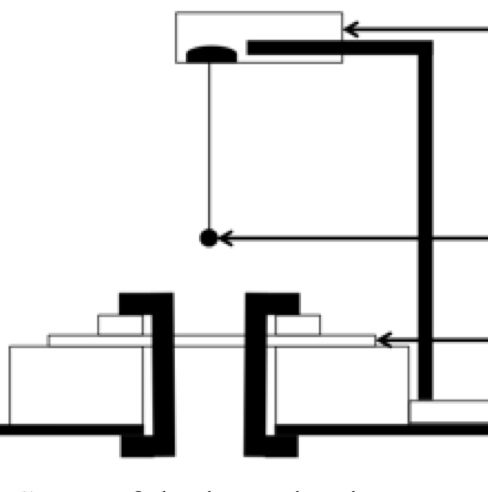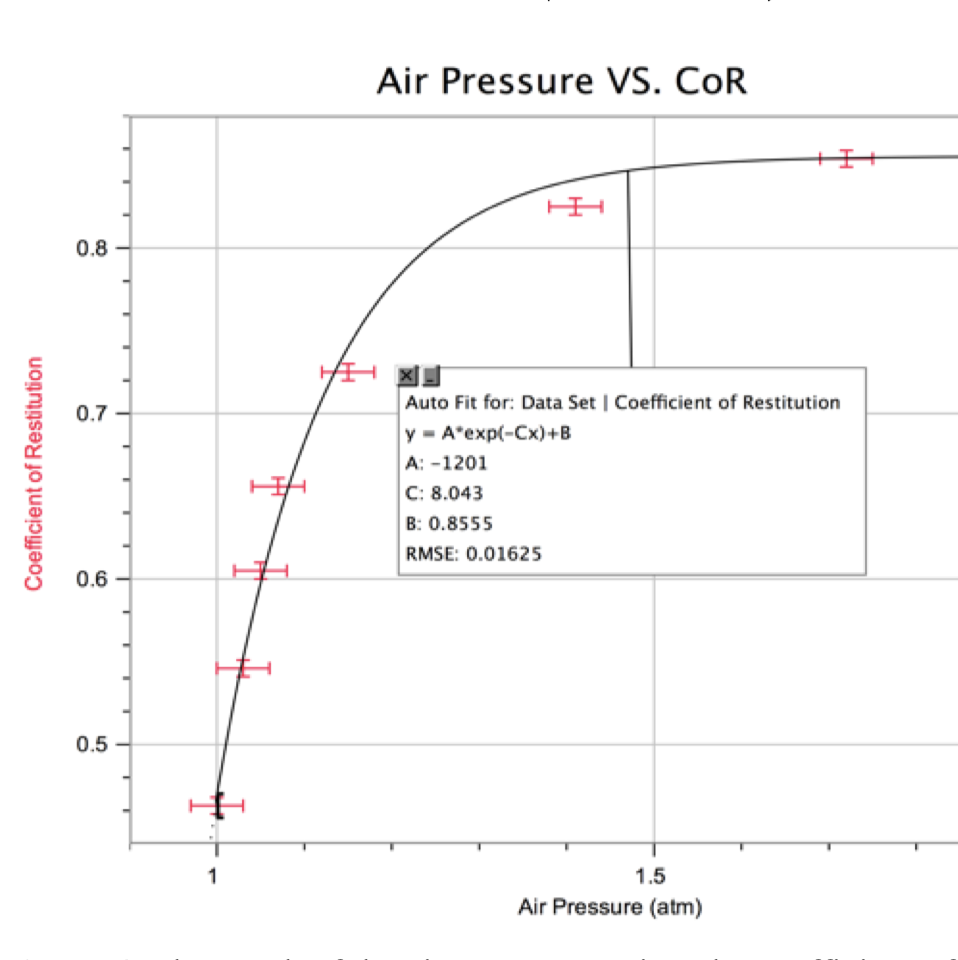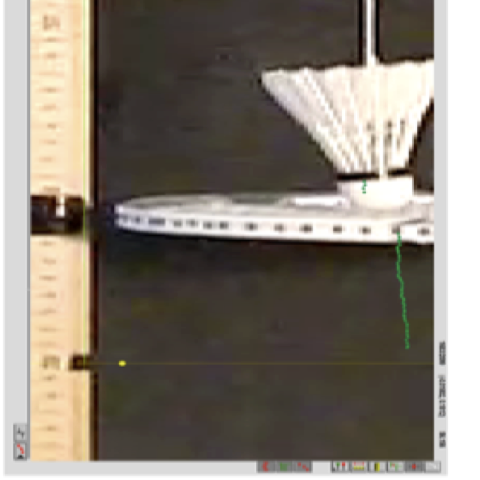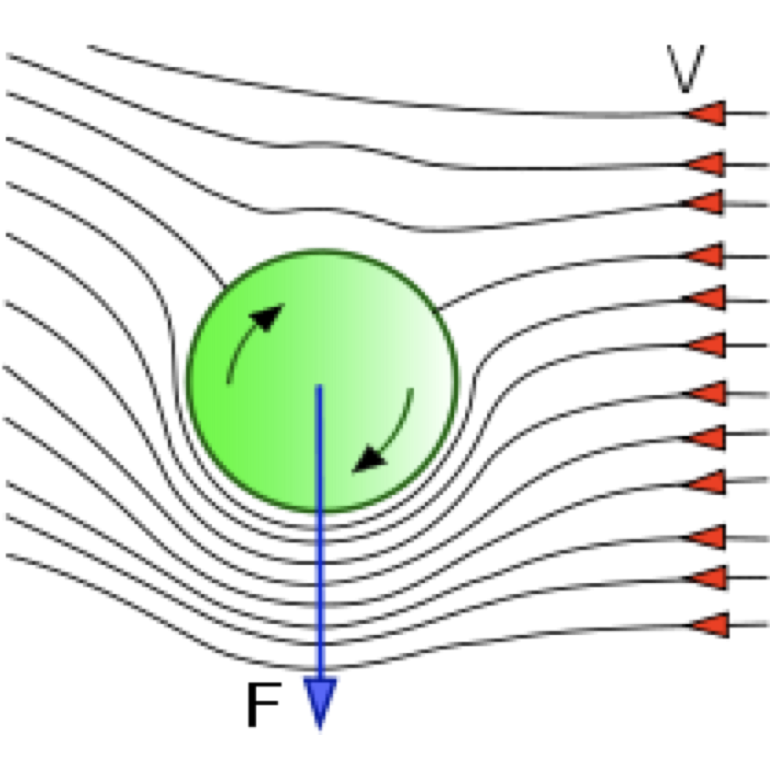ISB Journal of Science
Volume 7
January - December, 2013
Archived under the ISJOS collection

The effect of the distance between clamping supports of an aluminum alloy plate on the coefficient of restitution of a bouncing steel ball was investigated. The plate was supported on two wooden blocks with a meter stick secured on either side. A steel ball was dropped from a constant height and a motion detector was used to find the coefficient of restitution. Measurements were made with the wooden blocks at a range of distances. It was found that as the distance between the wooden blocks increased, the coefficient of restitution decreased linearly.

The relationship between the pressure of a ball and its coefficient of restitution was investigated, a rubber handball was inflated to eight varying air pressures and then dropped from a constant height. With measurements of its mass, circumference, dropped height and rebound height in conjunction to the equation of coefficient of restitution, the relationship between the pressure of the ball and its coefficient of restitution was determined to be inversely exponential, with the coefficient of restitution approaching a limit as pressure increased.
To investigate the effects of a spherical object’s spin rate on the curvature of its flight, Ping Pong balls, of varying spin rates, were hit horizontally and recorded from above with a high-speed camera. It was shown that there was a proportional relationship between the ball’s spin rate and deflection ratio. Additionally, using the results of the analyzed data, a coefficient of skin friction of the Ping Pong ball was found to be approximately 0.2 under the specific conditions of this investigation.

In a badminton ‘drop shot’, the shuttlecock is struck by a non-rotating racquet at low speed. In this investigation, a shuttlecock was hit by a badminton racquet in a linear collision, simulating a drop shot. The collision was recorded with high-speed video and the velocities of the racquet and shuttlecock determined. The relationship between the impact velocity of the racquet and the velocity of the shuttlecock as it leaves the badminton racquet after collision was found to be proportional over the range tested.

